You must have seen those photos where the car or the motorcycle appears sharp and in focus whereas the background appears to be in motion with a blur effect. At first, you might have thought that it is a Photoshop trick or assumed it to be something only a professional sports photographer can achieve. Well, let me tell you it is called panning photography and this technique is easy to learn.
All you have to do is keep practicing this technique until you master the art of panning photography. To help you do so, I have listed six easy to understand tips that will help you capture perfect panning photos.
1 – Set your camera on Shutter Priority mode

Shutter Priority (Tv for Canon, S for Nikon and others).
The first thing that you have to do as you hold your camera to capture a panning photo is to set the camera mode to Shutter Priority. Panning photography is all about the correct choice of shutter speed – the aperture and ISO values do not play that major role here.
This mode allows you to adjust the shutter speed while the aperture and ISO values are taken care of by the camera and will vary depending on the lighting conditions.
2 – Choose a slow shutter speed

Shutter speed set to 1/30th of a second for panning.
As we discussed above, the most important exposure element of panning photography is the shutter speed. So in order to make the subject appear sharp and the background to appear in motion, you must allow the shutter to remain open for an adequate amount of time.
To capture perfect panning photos, the ideal shutter speed is anything between 1/30th of a second and 1/125th (the faster the subject is moving the faster the shutter speed needs to be). This range of shutter speed allows enough time for the camera to register movement in the photo, while keeping the subject in sharp focus.
3 – Use a tripod

Clicking photos handheld at a slower shutter speed might introduce slight shake in your photos. To ensure that you capture sharp panning photos, mount your camera on a tripod or a monopod to minimize the camera shake during panning.
It is possible that while you are panning your camera along with the moving subject, you are also moving your body and that shall introduce a slight shake in your camera. Using a tripod or a monopod will minimize the upwards or downwards movement of the camera and will only allow the camera to pan side to side.
4 – Focus accurately

As the subject is moving swiftly across your frame, so it is really important to lock the focus on the subject accurately. There are two ways you can do this in order to make the subject appear in sharp focus, whereas the background appears to be in motion.
- Automatic focus technique: If you are just starting with panning photography or if you are not sure about the distance of the subject from the camera, always use the automatic focusing technique. To make sure that you focus on the subject accurately, switch on the continuous focus tracking mode (AF-C on Nikon, and AI Servo for Canon). This helps your camera to continuously focus on the subject as it moves across the frame.
- Manual focus technique: If you are sure about the distance at which your subject will pass by, then the best method is to use a manual focus technique. Focus on the point where your subject will be beforehand and then switch the focusing mode to manual. This ensures you to click at a much faster rate as your lens will not be constantly hunting for the subject. Simply pan your camera along with the moving subject and click multiple photos, later choose the best among all.
NOTE: Remember to also set your camera to continuous or burst mode to shoot multiple images when the shutter is held down.
5 – Position yourself correctly

Try and keep some distance between your camera and the moving subject in order to allow your camera enough space to swiftly lock the focus on the subject. If you position yourself too close to the moving subject, there are chances that your lens will fail to focus on the subject because of the distance being shorter than the minimum focusing distance. It’s also harder to keep the subject in the frame when it is really large (close up).
Panning photos look eye-catching when there is a contrast and there are at least two or more colors in the background. Imagine a background which lacks contrast and has only one color, it would hardly add any impact to your panning photo.
6 – Move along with the subject

The whole idea of panning photography is to shoot a photo of a moving subject while panning your camera along with the subject. One thing you need to make sure is that the speed at which you are panning the camera should match with the speed at which the subject is passing by your frame. Follow the subject left to right (or vice versa) at the same speed and don’t stop when you get to the middle (follow-through like in golf).
One golden tip that I would like to share as per my experience is that press the shutter release button only when the subject is parallel to your camera. This will ensure that your subject is completely in focus and appears sharp, while you get to perfectly capture blur motion in the background.
The post 6 Tips to Master Panning Photography by Kunal Malhotra appeared first on Digital Photography School.

Digital Photography School











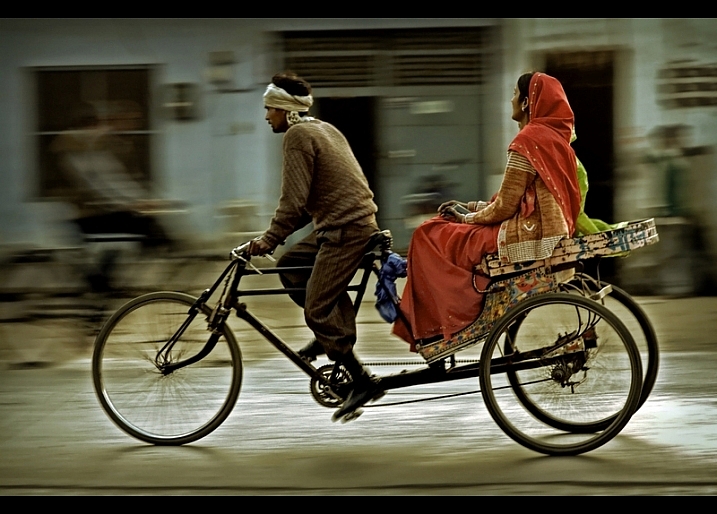
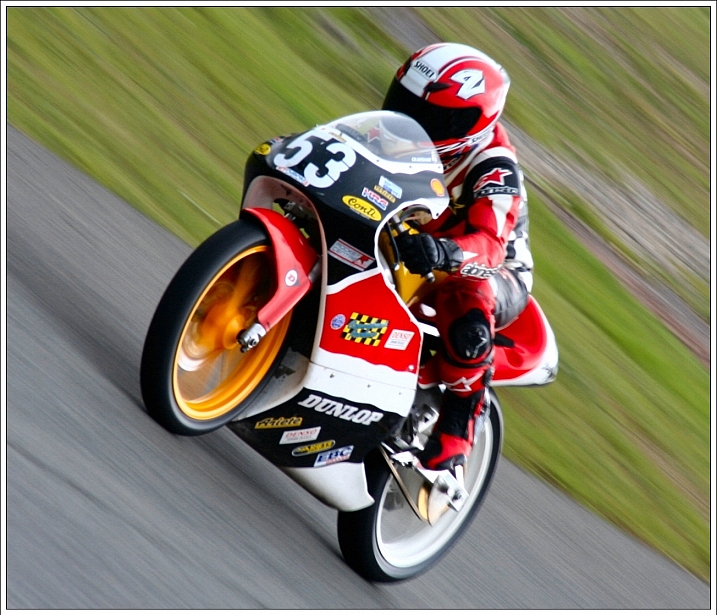
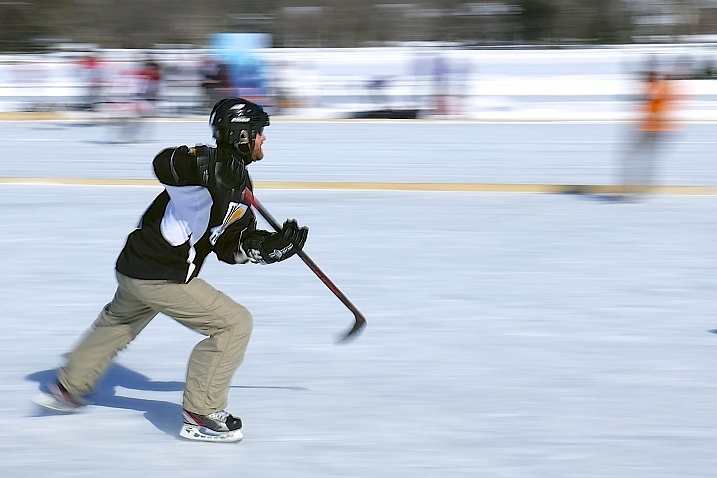

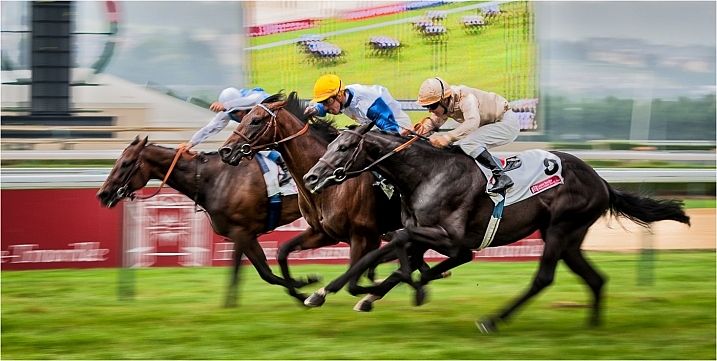
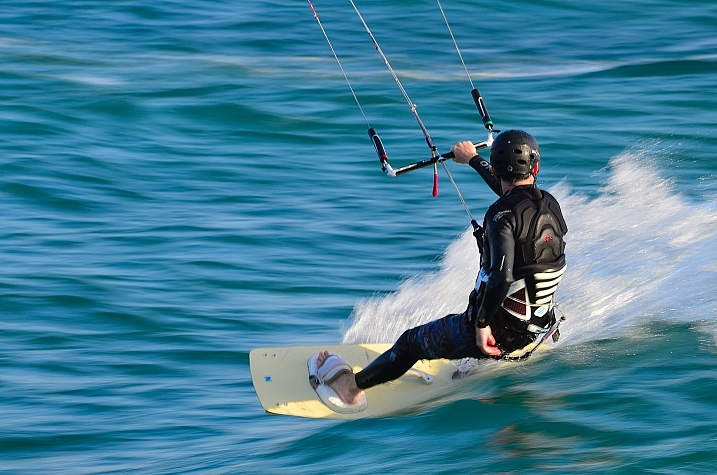
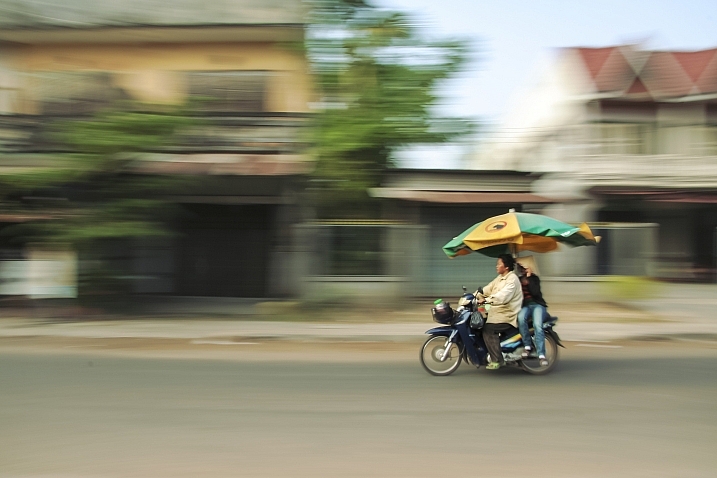
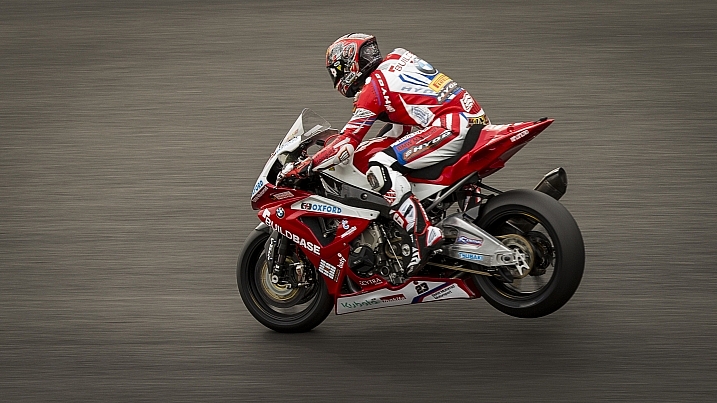
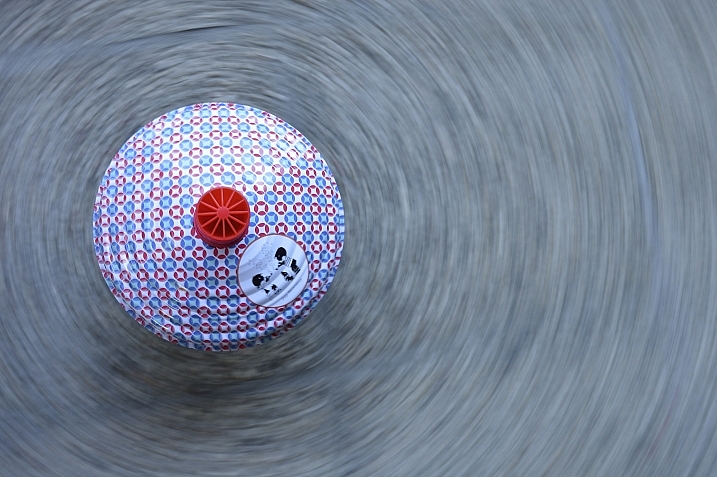
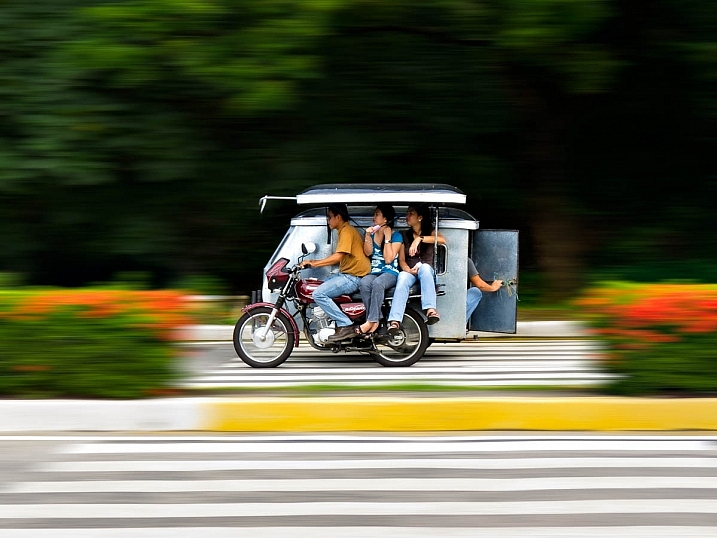
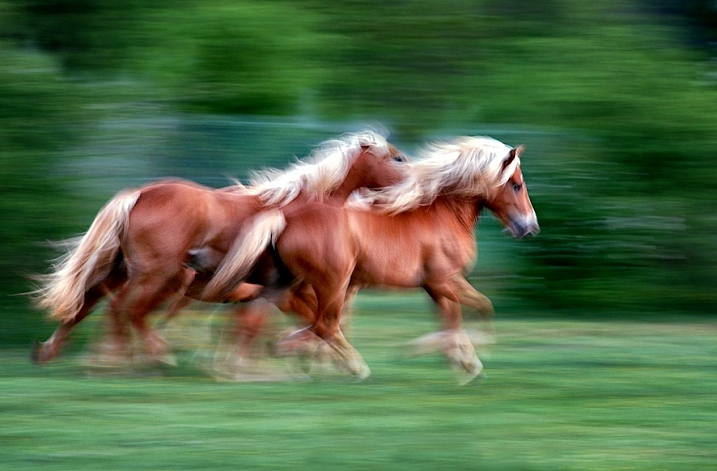





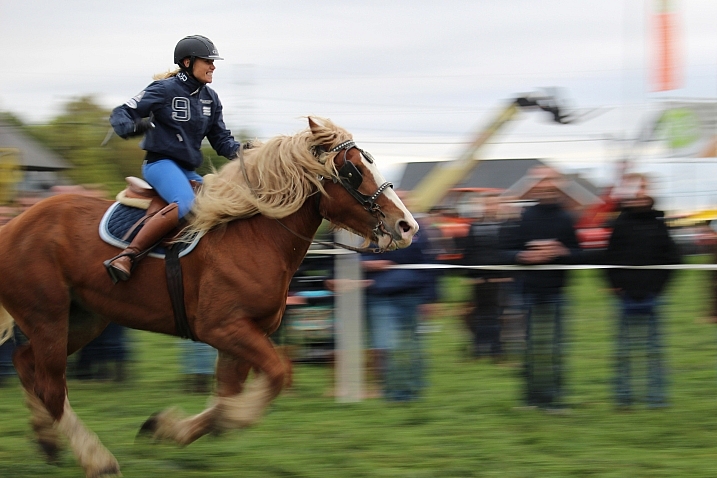

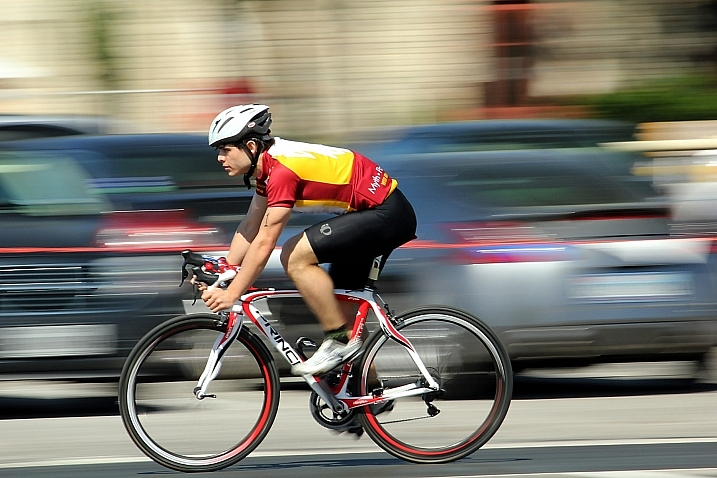



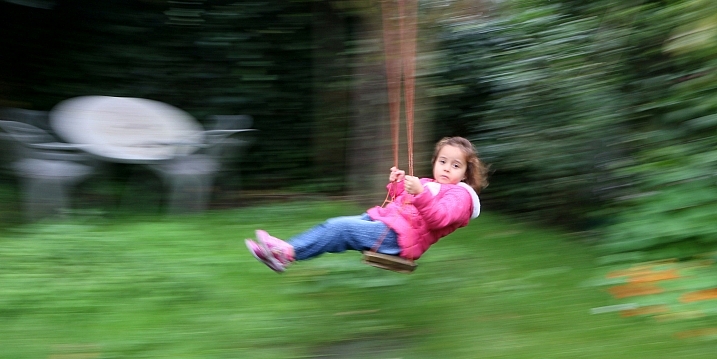


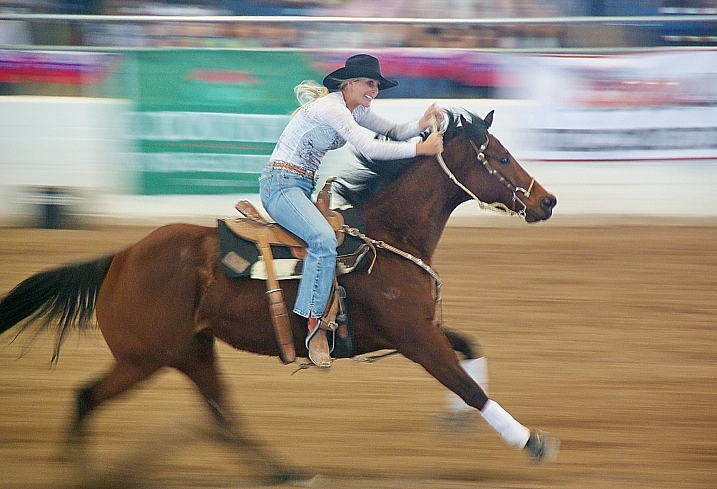
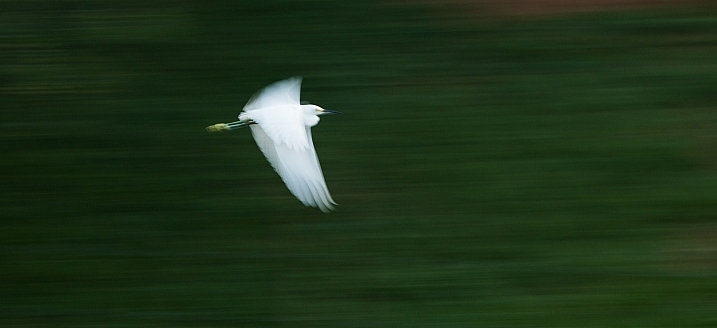

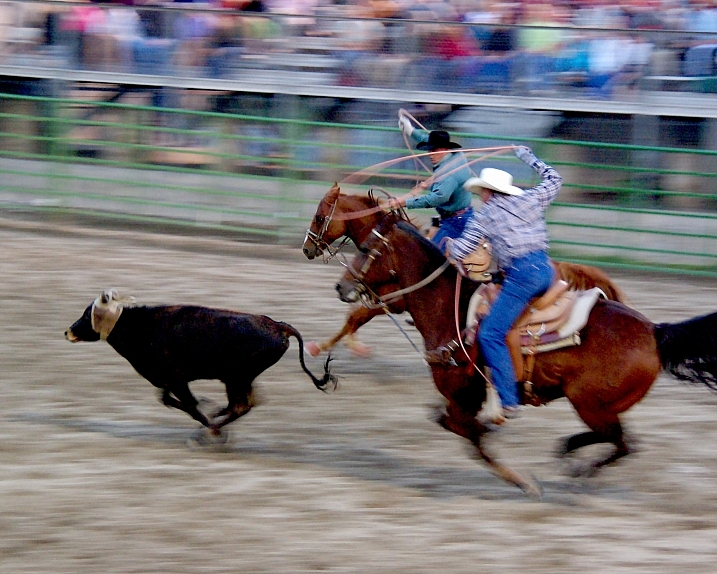
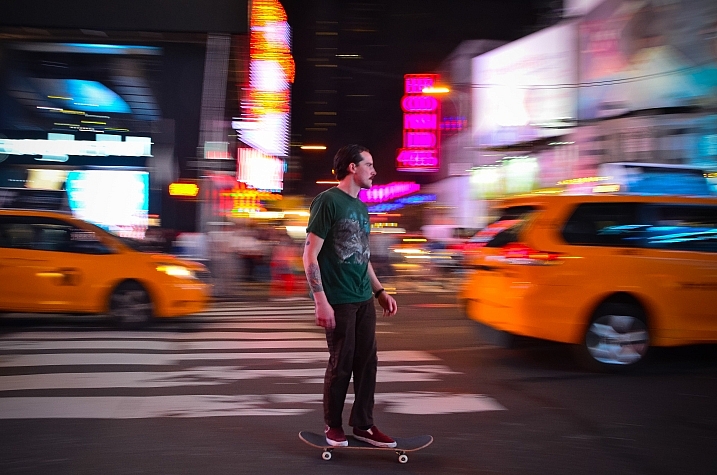













 MX2 by Darek Siusta on 500px
MX2 by Darek Siusta on 500px
 Speed by Harag Ionut on 500px
Speed by Harag Ionut on 500px
 movin by David Jones on 500px
movin by David Jones on 500px
 Rainyday trampan by Jani Mäki on 500px
Rainyday trampan by Jani Mäki on 500px
 Panning by Zyad ??El – Kadiki on 500px
Panning by Zyad ??El – Kadiki on 500px
 Wet border collie dog in midair by Robert Hainer on 500px
Wet border collie dog in midair by Robert Hainer on 500px
 Off to the races! by Bill Killillay on 500px
Off to the races! by Bill Killillay on 500px
 speed by tanyavindasius on 500px
speed by tanyavindasius on 500px



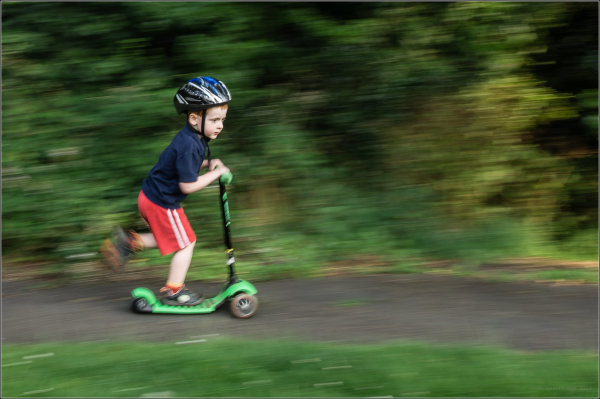
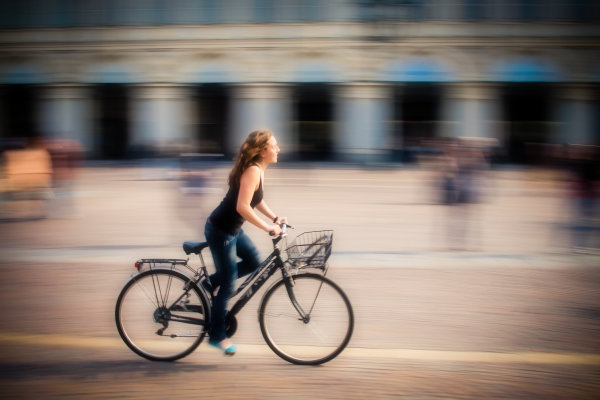
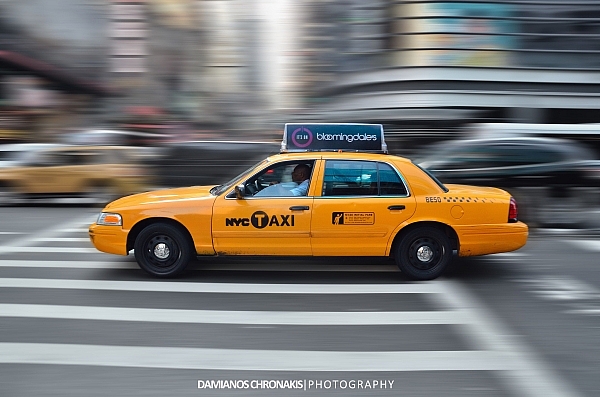
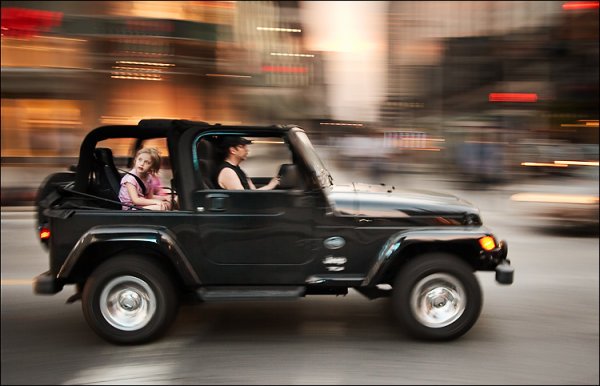
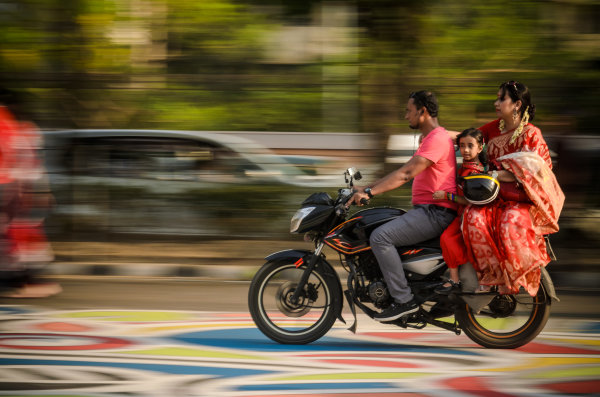

You must be logged in to post a comment.